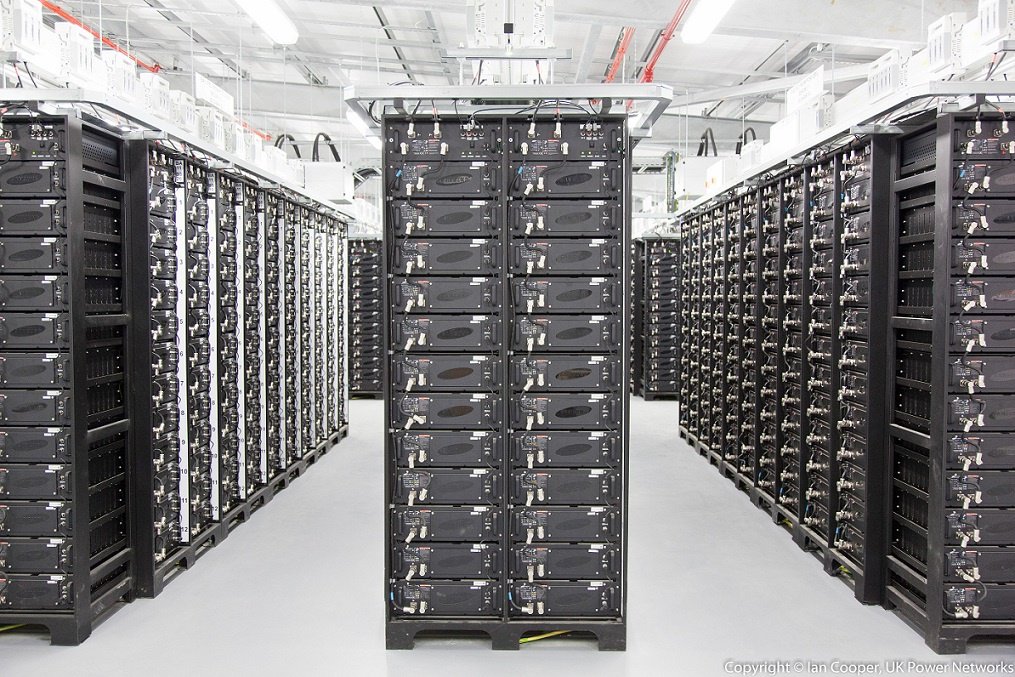- Blackouts due to climate change related events are becoming commonplace.
- Energy storage can provide grid stability and eliminate CO2 but it needs to be more economical to achieve scale.
- We explore the technologies that can expedite deployment, ensure safety and boost ROI supporting a faster race to zero.

Much like Australia, many other nations experience such power outages, including the US and Indonesia, with dire consequences for business activities and compromising key infrastructure, such as transportation and telecommunications. Battery Energy Storage Systems (BESS) can play a critical role in preventing the human and financial cost of large-scale power outages by plugging the intermittent renewable energy supply and alleviating transmission and distribution (T&D) congestion, a major cause of blackouts. This allows for grid independence from renewables and flexible storage, reducing peak demand and increasing grid stability.
Read more: WeForum



